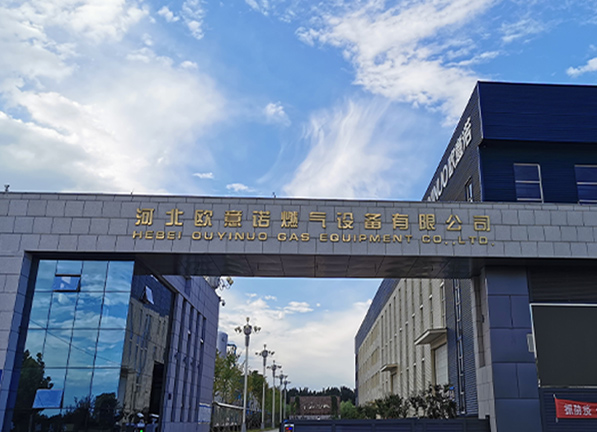
10 月 . 13, 2024 18:19
Back to list
مخفض ضغط الغاز
Understanding Gas Pressure Regulators Essential Components for Safe Gas Management
Gas pressure regulators are critical devices used in various industries and applications to control and manage gas flow by reducing the high pressure from gas cylinders or pipelines to a lower, usable pressure level. These devices are vital in ensuring the safe handling of gases, whether in cooking, heating, industrial processes, or scientific applications.
What is a Gas Pressure Regulator?
A gas pressure regulator is a mechanical device designed to automatically maintain a constant output pressure despite variations in input pressure and flow rates. It acts as a valve that regulates the flow of gas in a system, providing a stable pressure that meets the specific requirements of the application. Regulators are commonly used with gases like natural gas, propane, and industrial gases, including oxygen and nitrogen.
How Does a Gas Pressure Regulator Work?
The fundamental operation of a gas pressure regulator is based on a few core components the inlet and outlet ports, a diaphragm, a spring, and sometimes additional adjustment mechanisms. When gas enters the regulator, it pushes against the diaphragm, which is connected to the valve.
As the gas flows and the pressure changes, the diaphragm moves, allowing the valve to open or close accordingly. If the output pressure exceeds the desired level, the diaphragm closes the valve to restrict gas flow. Conversely, if the pressure drops, the valve opens to allow more gas through. This constant adjustment ensures that the output pressure remains consistent and within safe operating limits.
.
Gas pressure regulators serve a wide range of applications
مخفض ضغط الغاز

1. Residential Use In home heating systems and gas stoves, regulators ensure that gas is supplied at a safe and efficient pressure, reducing the risk of leaks and explosions.
2. Industrial Applications In factories and manufacturing facilities, regulating gas pressure is crucial for processes that involve combustion, chemical reactions, or heating.
3. Medical Use In hospitals, gas pressure regulators are used in medical gas systems to provide a steady flow of oxygen and anesthesia gases, critical for patient care.
4. Scientific Research Laboratories utilize gas pressure regulators for experiments requiring precise gas flow rates and pressures.
Importance of Safety and Maintenance
Given the potential hazards associated with gases, safety is paramount when using gas pressure regulators. It is essential to select the right regulator for the specific gas and application, ensuring it meets the required pressure ratings. Regular maintenance checks are also crucial to avoid malfunctions that could lead to dangerous situations, such as gas leaks or pressure surges.
Conclusion
Gas pressure regulators play a pivotal role in modern society, facilitating the safe and efficient use of gases across various sectors. Understanding their operation and applications helps ensure that these vital components are used correctly and maintained properly, safeguarding both people and processes. Whether in homes, industries, or healthcare settings, gas pressure regulators remain indispensable tools for managing one of the most essential resources in our daily lives—gas.
Latest news
-
Unlocking The Quality Gas Pressure ReducersNewsNov.01,2024
-
The Role of Gas Pressure Reducing StationsNewsNov.01,2024
-
The Importance and Functionality of Safety Relief ValvesNewsNov.01,2024
-
The Essential Role of Safety Valves in Natural Gas ApplicationsNewsNov.01,2024
-
The Essential Role of Gas Pressure RegulatorsNewsNov.01,2024
-
Enhance Your Premium Gas FiltersNewsNov.01,2024

